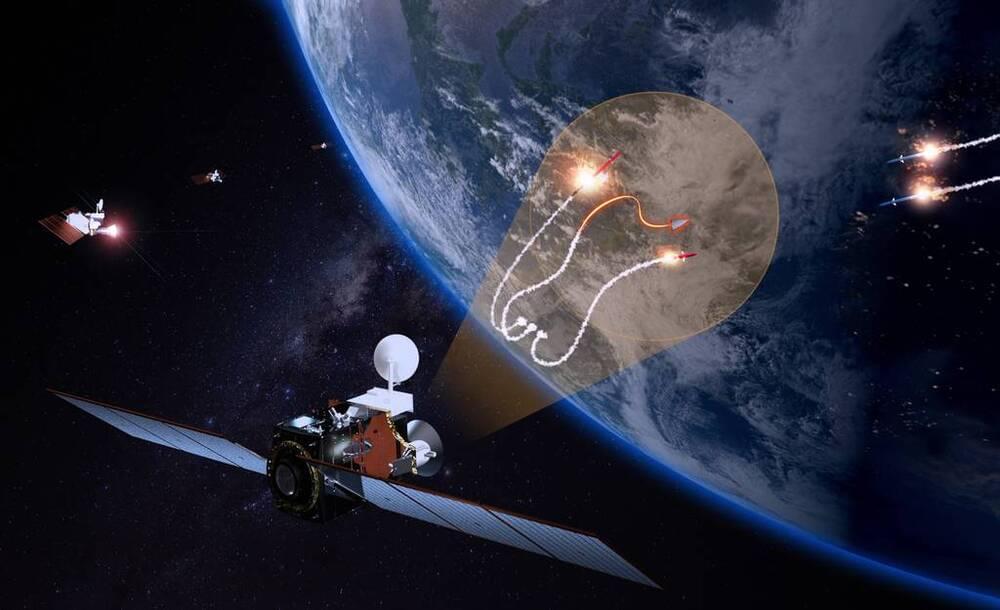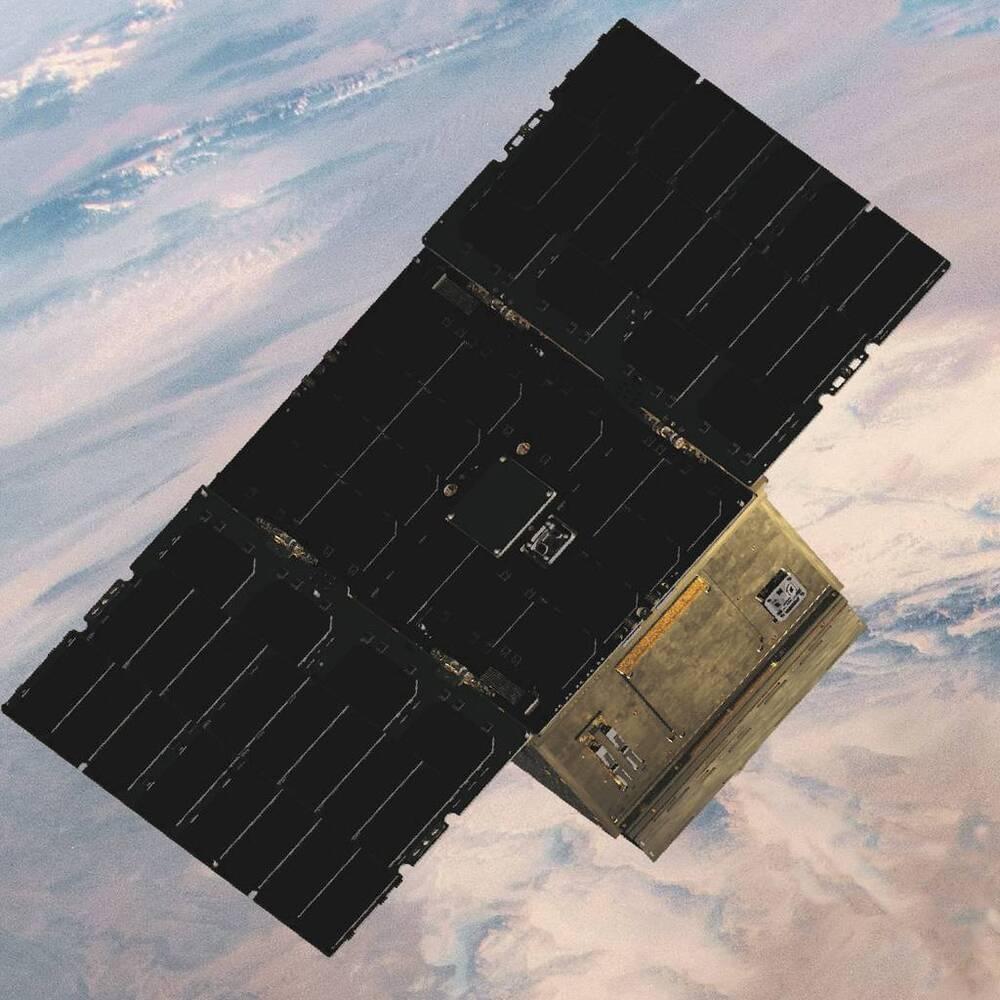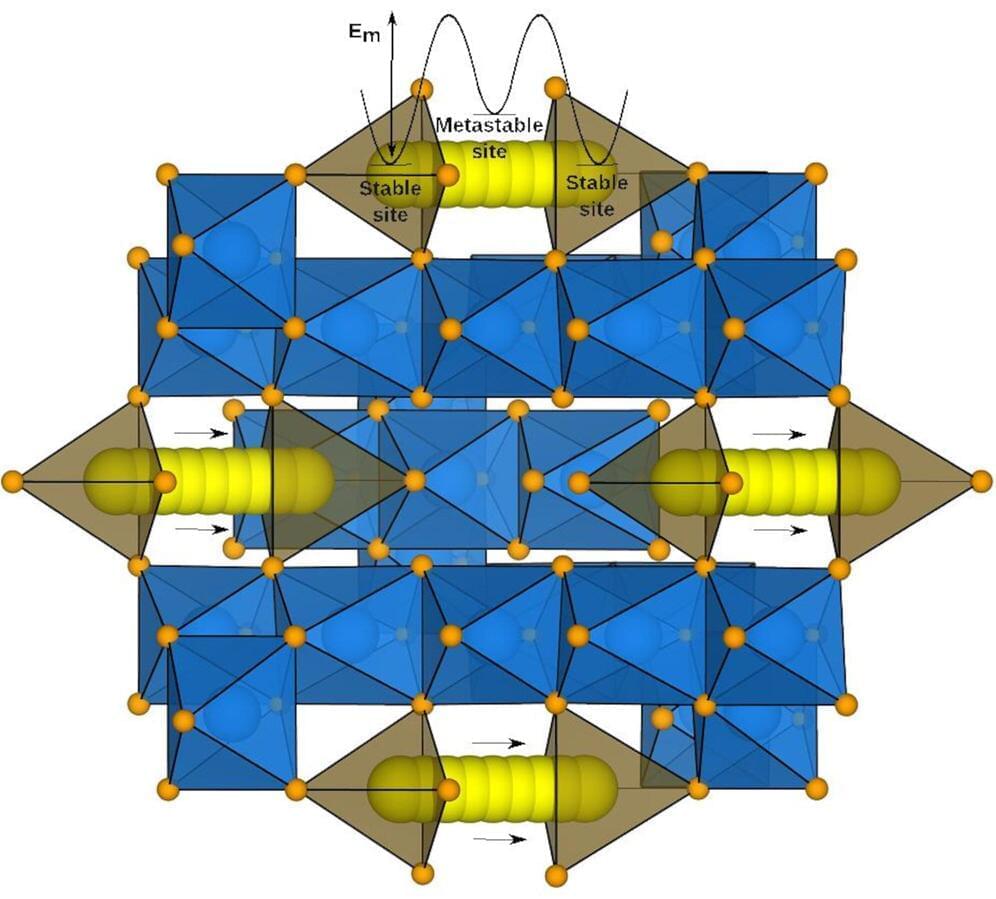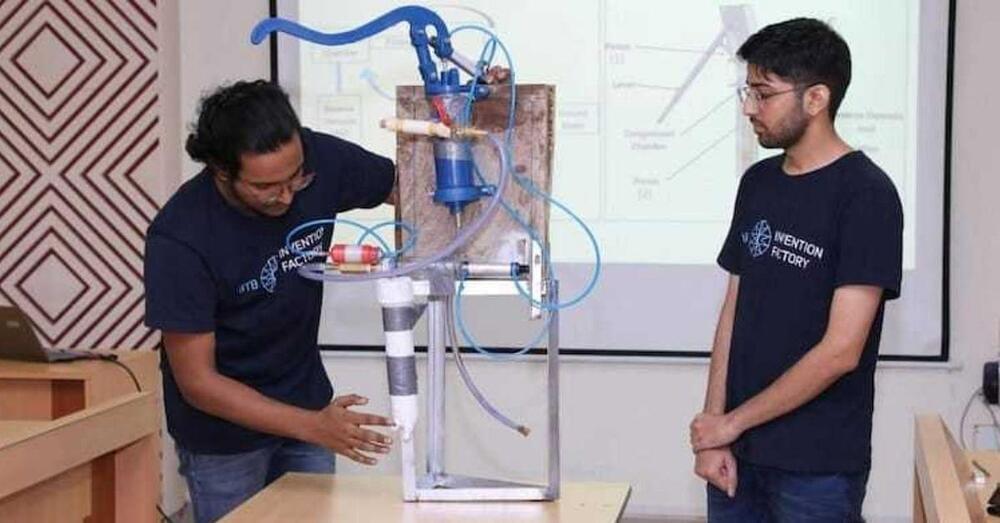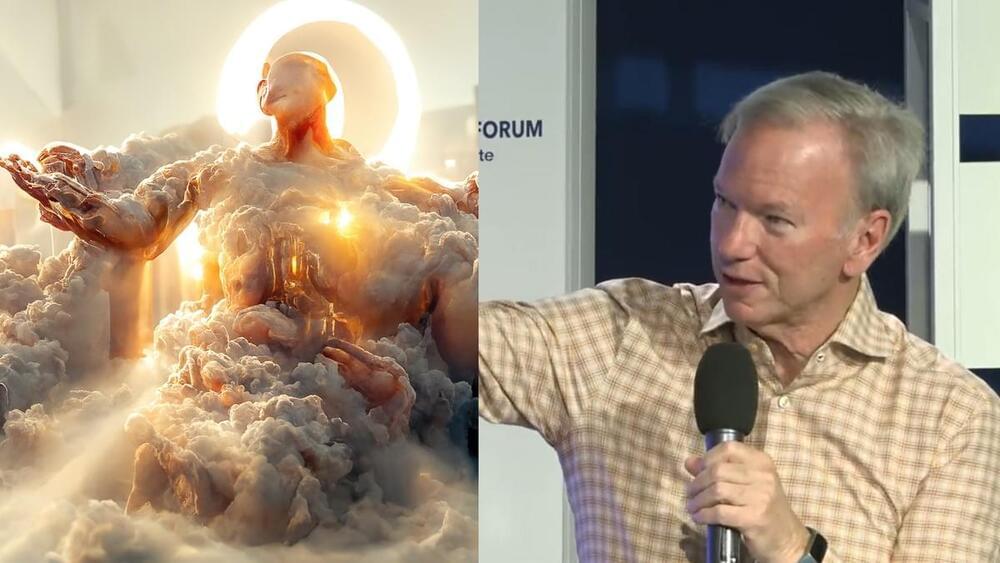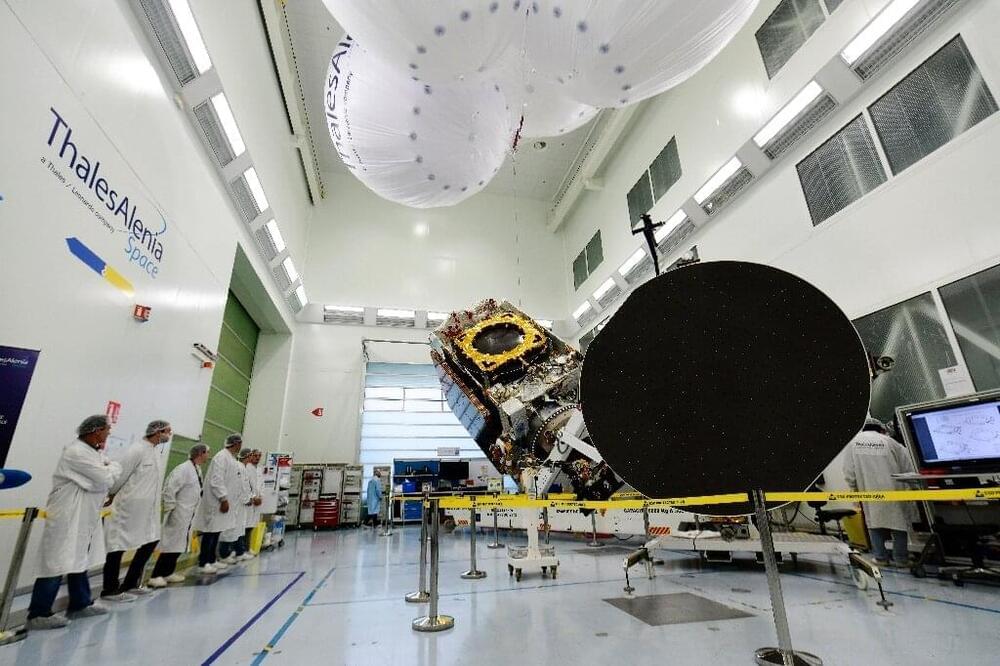RIYADH (BLOOMBERG) — Saudi Arabia wants to build a gigantic megastructure that contains a city for 9 million people, its crown prince announced on Monday (July 25).
The design takes the shape of two parallel buildings with mirrored surfaces, rising 500m above sea level — taller than the Empire State Building — and stretching horizontally for more than 100km.
They’re part of the prince’s US$500 billion (S$693 billion) Neom project, a plan to turn an expanse of desert the size of Belgium into a high-tech region.

